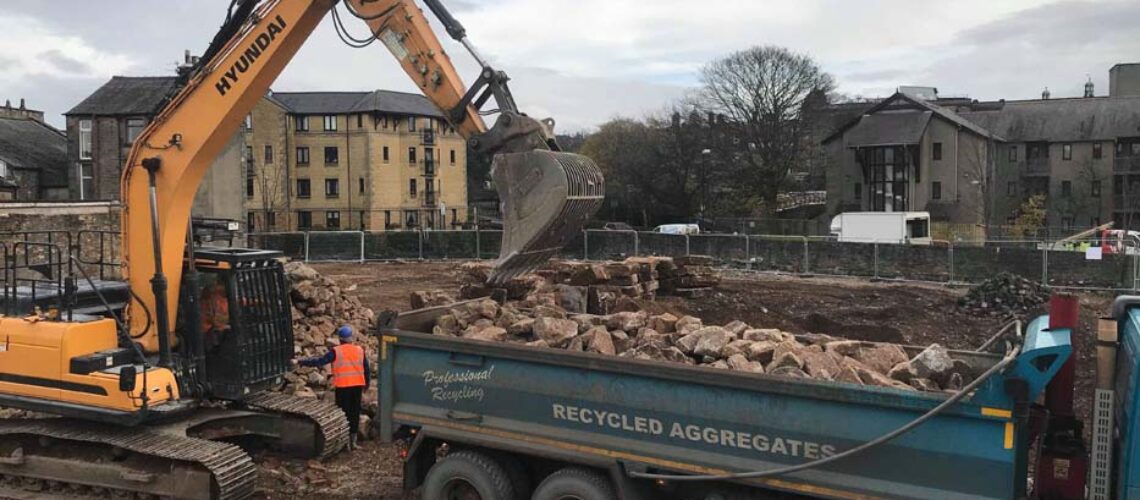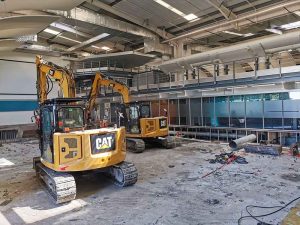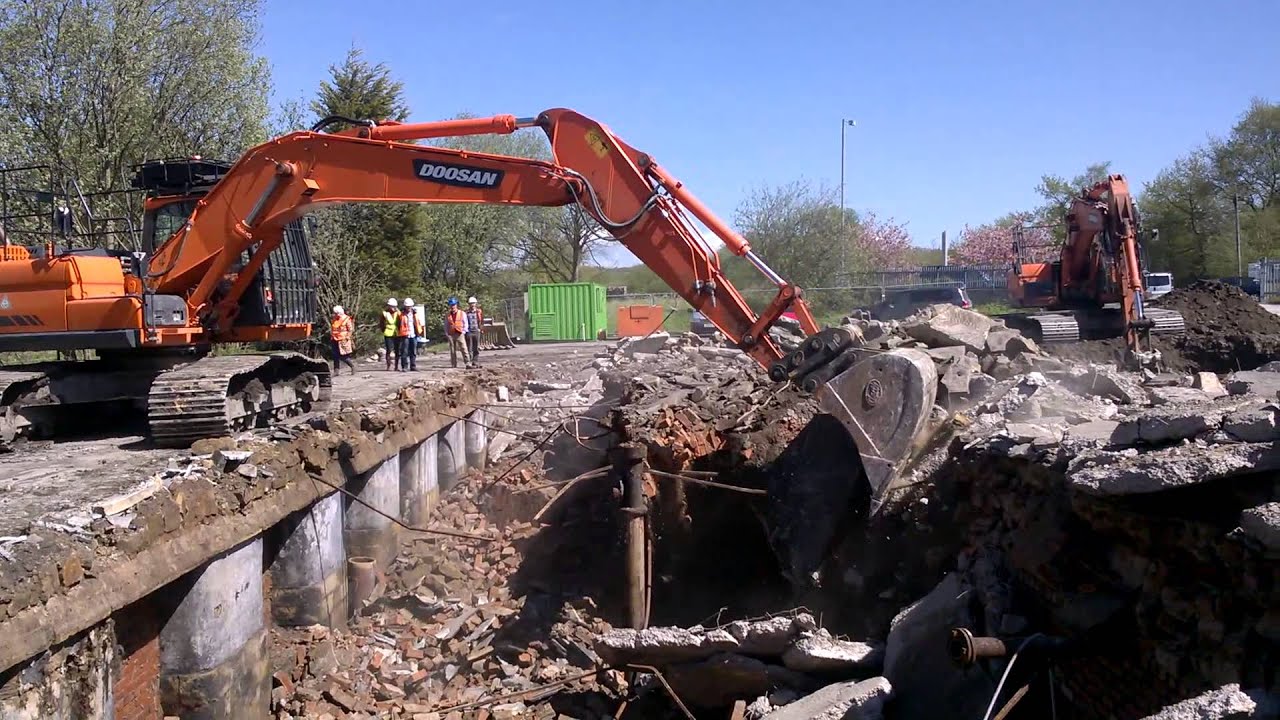Demolition Contractors Lancashire witness the ever-evolving construction industry, where structures often reach their end. In this domain, whether tackling a quaint residential property or a towering commercial edifice, a streamlined demolition process becomes vital. Right from the heart of Lancashire, our team at Hardcore Crushing takes pride in assisting numerous clients, mastering the art of deconstruction for new beginnings. Dive into our detailed guide on the nuances of a typical demolition journey.
Initial Site Assessment:
Before any building sees the demolition machinery, a thorough site assessment is imperative. Demolition contractors in Lancashire and beyond usually start with a site survey, involving evaluating the structure’s age, materials used, potential hazards, and surrounding environment. This foundational step ensures that the rest of the process is mapped out efficiently and safely.
Planning:
Once the assessment is complete, the planning phase kicks in. Demolition is not merely about tearing down; it’s about understanding the nuances of the structure and potential risks and devising a method that’s both efficient and safe. From asbestos removal to understanding load-bearing structures, the planning phase is meticulous and exhaustive.
Acquiring Necessary Permits:
Before any action can take place, obtaining the necessary permissions and permits is crucial. Adherence to local regulations and guidelines ensures that the demolition project remains compliant and avoids legal complications.
Choosing the Right Equipment:
Demolition isn’t a one-size-fits-all endeavour. Depending on the structure and challenges it presents, different demolition equipment and techniques may be employed. From hydraulic excavators and bulldozers to wrecking balls and implosions, the choice of equipment is determined by the building’s size, location, and materials.
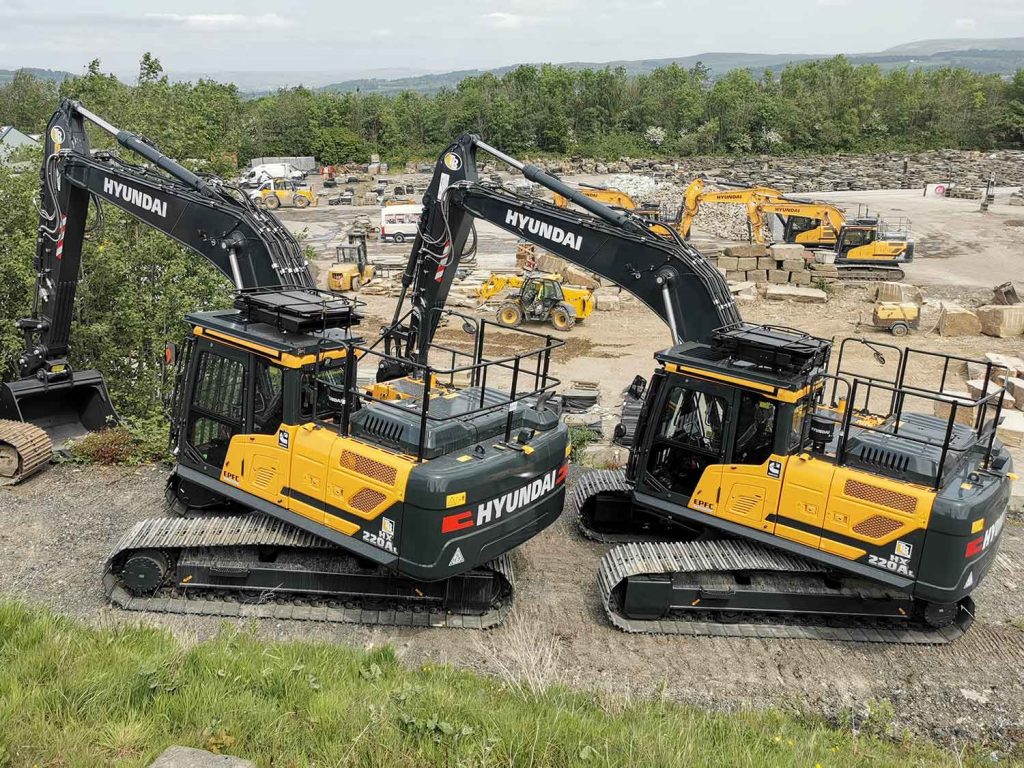
The Intricacies of the Demolition Process
This is where the action happens. With the right equipment and a well-thought-out plan, the structure is brought down systematically. As one of the leading demolition contractors in Lancashire, we can vouch for the adrenaline and precision this stage demands.
Safety Precautions:
Establishing Perimeters: Before starting, a safety perimeter is established around the demolition site to ensure the safety of both workers and the public.
Utility Disconnection: All utilities, such as electricity, gas, and water are disconnected to prevent accidents.
Hazardous Material Assessment: Materials like asbestos, lead-based paints, and other dangerous substances are identified and, if present, safely removed according to specific protocols.
Choice of Demolition Method:
Different structures and circumstances demand varied approaches. Here are the primary methods:
Implosion: Using explosives to bring down a structure is especially useful for large structures or those in urban settings. It’s the quickest method but requires thorough planning to control the direction of the fall and mitigate the spread of debris.
High Reach Arm: For buildings that are too tall for standard excavators but don’t warrant implosion, a high reach arm is used. It’s a long demolition arm attached to an excavator.
Selective Demolition: Also known as deconstruction, this method is used when the goal is to preserve some aspects of a structure. It’s more labour-intensive as it involves manually stripping a building down piece by piece.
Crane and Ball: An older technique that involves swinging a heavy weight (or wrecking ball) to break down walls and structures. It needs to be more precise than other methods and is less commonly used today.
Equipment in Play:
Hydraulic Excavators: These are versatile and can be equipped with various attachments, including shears, crushers, and hammers, making them a staple in the demolition process.
Skid Steer Loaders: Useful for smaller projects and can be used for pulling down smaller structures or assisting in debris removal.
Bulldozers: Often employed for clearing large swathes of rubble or pushing large amounts of debris.
Ongoing Assessment:
As the demolition progresses, it’s essential to assess the structural integrity of the building continuously. This dynamic evaluation ensures worker safety and that the project stays on track.
Dust and Noise Control:
Dust can become a significant environmental and health hazard. Water mist or sprays are often used to keep dust levels down. Noise is another concern, especially in urban settings. Contractors often have specific hours during which they operate to minimise disruptions.
Handling Unexpected Challenges:
No two demolition projects are alike. Challenges, such as hidden structural weaknesses or unexpected hazardous materials, may emerge. Quick decision-making and adaptability are crucial.
Removal of Debris:
After the structure has been demolished, the next step involves removing the debris. This isn’t just about carting away broken bricks and rubble. It’s about sorting out recyclable stone materials, managing hazardous waste, and ensuring the site is clean and prepared for its next chapter
Recycling and Waste Management:
In the current age, sustainability is not just a buzzword; it’s an imperative. As society becomes increasingly environmentally conscious, the role of recycling and waste management in demolition projects has taken centre stage. Not only is it essential for ecological balance, but efficient waste management can also result in cost savings.
Environmental Benefits:
Conservation of Resources: By recycling materials like stone, metal, wood, and concrete, we reduce the need to extract and process virgin materials. This conservation leads to a reduction in greenhouse gas emissions and energy consumption.
Reduction in Landfill Use: Landfills are significant sources of methane, a potent greenhouse gas. By diverting recyclable and reusable materials from landfills, the environmental footprint of a demolition project is significantly reduced; recycling can also help reduce water and air pollution that often results from waste disposal and material extraction.
Economic Benefits:
Revenue Generation: Some recyclable materials, especially metals, can fetch good returns when sold to recycling facilities.
Cost Savings: Reducing the volume of waste destined for landfills can lead to significant savings in dumping fees.
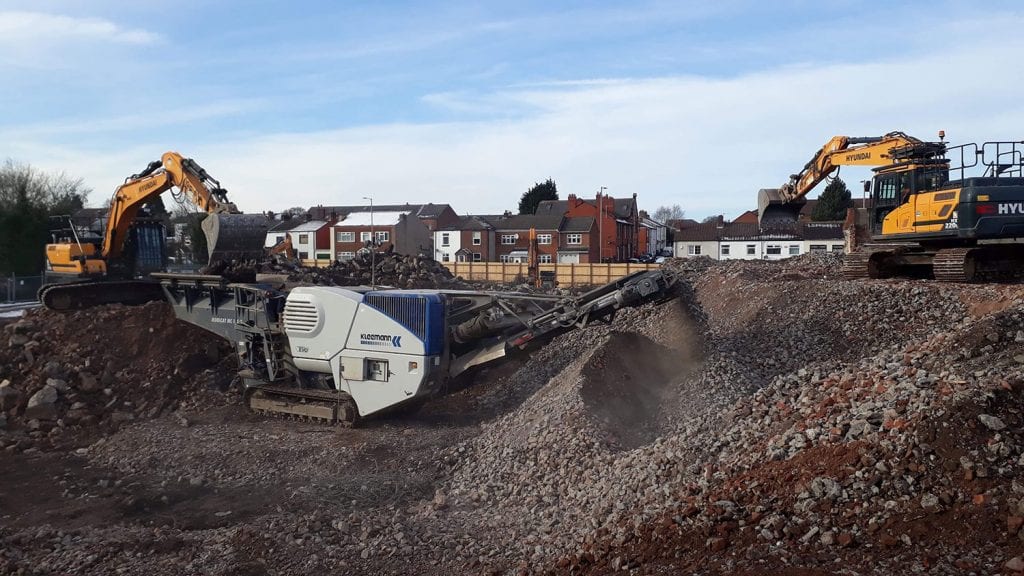
Procedure:
Sorting at Source: It’s most efficient to sort materials on the demolition site. Segregating stone, metals, wood, glass, and concrete can streamline the recycling process.
Hazardous Waste Management: Some waste, like asbestos or chemicals, requires special handling. It’s crucial to identify, isolate, and dispose of hazardous waste according to local regulations.
Utilising Specialised Facilities: Partnering with specialised recycling facilities can ensure maximum materials recovery. For instance, crushed concrete can be repurposed into aggregate for road construction or new construction projects.
Documenting the Process: Keeping a record of the waste generated, recycled, and disposed of is not just good for accountability, but it can also be a requirement in some jurisdictions.
The Future:
With advancements in technology, the recycling aspect of waste management is evolving. New methods and machines are being developed to recycle even more materials from demolition sites efficiently. For instance, robotic sorting and advanced shredding techniques can help increase the percentage of recyclables recovered.
Site Rehabilitation:
The final step in the process is site rehabilitation, which involves restoring the site to its original state or preparing it for subsequent construction.
In Conclusion:
Demolition projects, though seemingly straightforward, involve a symphony of planning, precision, and execution. As seasoned demolition contractors Lancashire trusts, we understand the intricacies and are committed to delivering excellence every step of the way. Whether you’re in the heart of Lancashire or elsewhere, the principles remain consistent: meticulous preparation, safe execution, and a commitment to sustainability and excellence.

